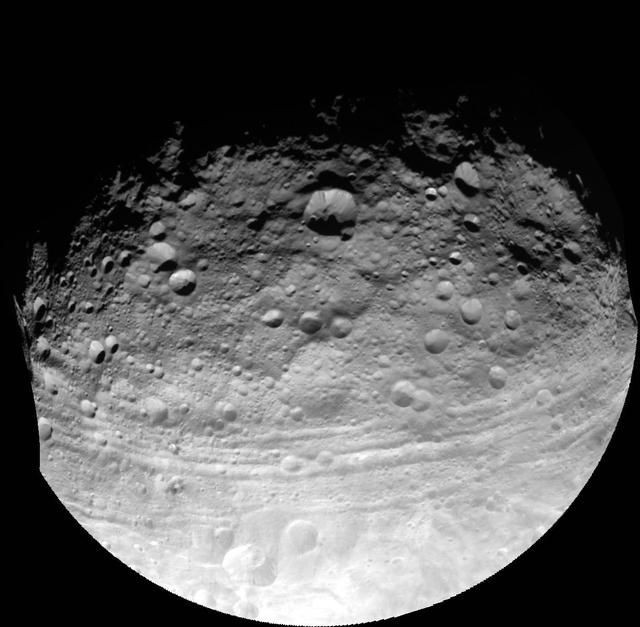180-Foot Asteroid Will Come Extremely Close To Earth Thursday, Will Be Closer Than Moon
KEY POINTS
- A 180-foot asteroid called 2020 VZ6 will be zipping by Earth Thursday
- The asteroid will be closer to the planet than the moon at one point during its flyby
- The space rock has not been included in the European Space Agency's Risk List
A 180-foot asteroid will be zipping by Earth at a very close distance this week, according to NASA's Center for Near-Earth Object Studies (CNEOS).
A near-Earth asteroid (NEA) called 2020 VZ6 is currently making its way toward Earth's vicinity and is set to make its closest approach to the planet Thursday. With a diameter reaching 180 feet (55 meters), this asteroid is estimated to be as tall as the Leaning Tower of Pisa in Italy. The freestanding bell tower has a height of about 185 feet (56 meters).
The NEA's size isn't the most interesting part about it. 2020 VZ6, according to the CNEOS' close approach data table, will fly by the planet very closely and will at one point be closer to Earth than even the moon.
At 6:06 a.m. EST, the asteroid will zip by at a distance of 214,000 miles (345,000 kilometers) away from the planet's surface. This is less than one lunar distance (LD), or 238,000 miles, which is the distance of the moon from the Earth.
Despite its close approach, 2020 VZ6 has not been included in the European Space Agency's Risk List, which means it has no chance of entering Earth's atmosphere and hitting the planet when it makes its flyby Thursday.
Asteroid 2020 VZ6 was discovered on Nov. 14. Considered an Apollo asteroid, the NEA follows an Earth-crossing orbit. This type of orbit intersects with that of the planet at a certain point. This would mean that close approaches are more likely to occur among Apollo asteroids.
The CNEOS is responsible for providing data pages for every near-Earth object (NEO) that passes by the planet. Information provided by the center includes orbital parameters, a close approach summary of the NEO, an interactive orbit viewer for better viewing of its route and other facts such as its discovery date.
The CNEOS is part of NASA's Jet Propulsion Laboratory (JPL), which predicts all NEO close approaches to Earth. Comprehensive assessments are made regarding each NEO/NEA and are uploaded to the site for the public to access.
In the event of a predicted impact of an NEA, CNEOS is the one assigned to provide the public with information on the impact time, location and geometry of the asteroid.

© Copyright IBTimes 2025. All rights reserved.




















